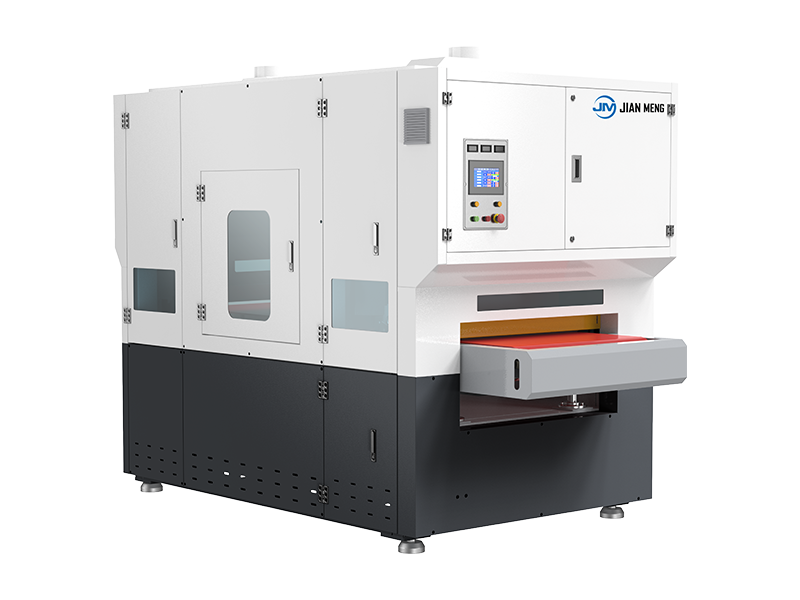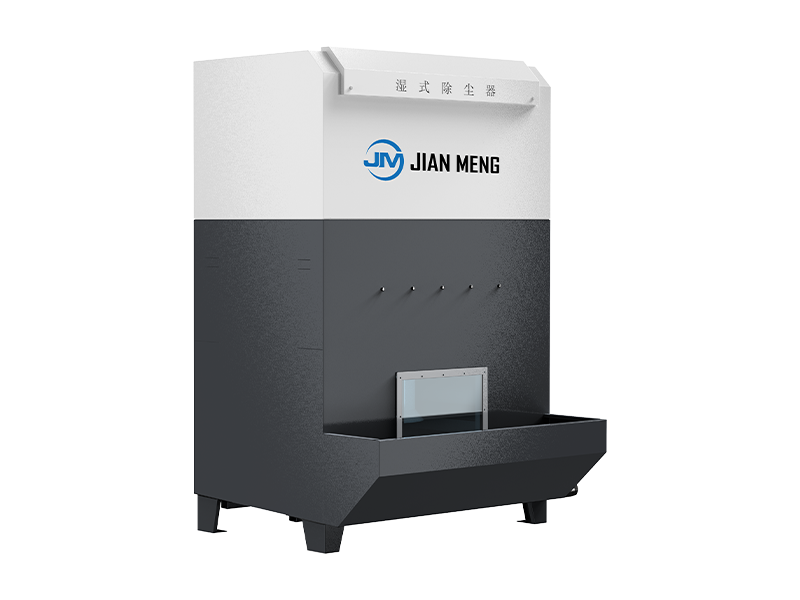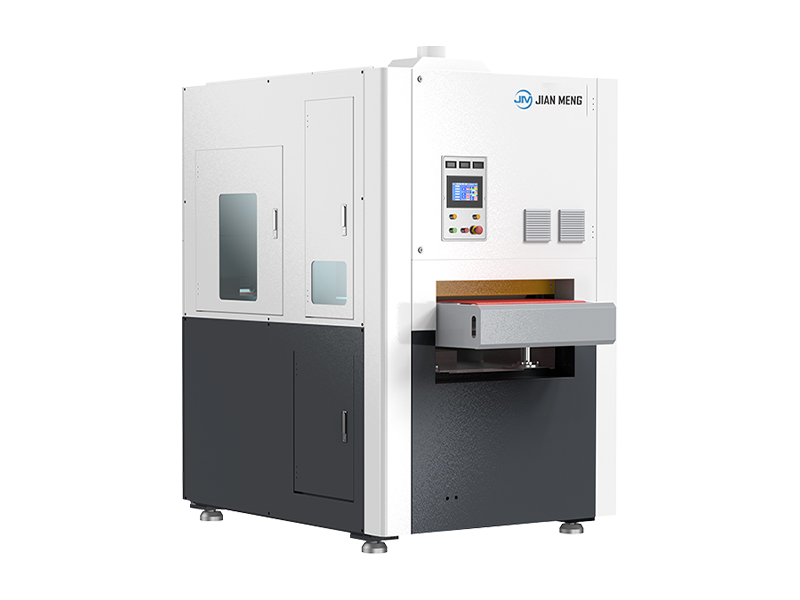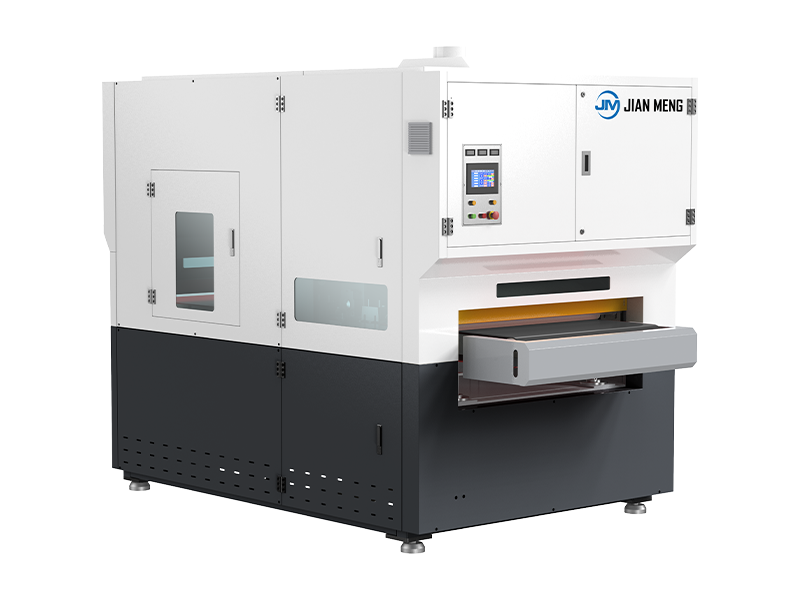Advantages Of Using Kraftformer Forming Machines
Release time:2025-11-17
Visits:133
The field of metal forming encompasses a diverse array of specialized equipment, each engineered to address distinct manufacturing requirements. Among these technologies, Kraftformer forming machines distinguish themselves through exceptional versatility, precision, and operational efficiency. For professionals in automotive manufacturing, aerospace engineering, and precision metal fabrication, a comprehensive understanding of these machines’ capabilities is instrumental in enhancing process productivity and product quality.
At its core, a Kraftformer is a universal metal power shaper designed to execute a multifaceted range of forming operations. Its functionality spans metal shaping, straightening, bending, and shrinking—all while maintaining compatibility with a broad spectrum of materials and thicknesses. This combination of power, precision, and adaptability has solidified its status as a cornerstone tool in modern metalworking facilities.
Kraftformer’s market position is underpinned by four key performance pillars, each directly addressing critical pain points in metal forming workflows.
1. Versatility: Multifunctional Capability
Kraftformers eliminate the need for multiple single-purpose tools by accommodating diverse metal types (including steel, aluminum, and alloys) and thicknesses. A single machine can seamlessly transition between shaping thin sheet metal and forming thick structural components, reducing equipment footprint and operational complexity.
2. Precision: Engineered for Accuracy
Equipped with advanced servo-control systems and fine-tunable mechanical adjustments, Kraftformers deliver consistent, repeatable results. This level of precision is critical for applications requiring tight tolerances—often within ±0.1mm—ensuring compliance with rigorous industry standards.
3. Durability: Robust for Industrial Use
Constructed from high-grade structural steel and wear-resistant components, Kraftformers are built to withstand continuous, high-load operations. Their design minimizes unplanned downtime, reducing long-term maintenance costs and ensuring reliable performance in demanding production environments.
4. Operational Efficiency: Streamlined Workflows
By integrating multiple forming functions into one platform, Kraftformers eliminate the time and labor associated with machine changeovers. This streamlining accelerates production cycles, while precise material control reduces scrap rates—directly enhancing overall operational efficiency and cost-effectiveness.
Industry-Specific Applications
The adaptability of Kraftformer machines enables their deployment across diverse sectors, where they address unique industry challenges:
- Automotive Manufacturing: Used for forming body panels, structural components, and custom parts. Particularly valuable in the restoration of vintage vehicles, where they recreate discontinued components with exacting specifications.
- Aerospace Engineering: Critical for fabricating precision airframe components and engine parts, where compliance with stringent safety and precision standards is non-negotiable.
- Metal Artistry & Fabrication: Enables the creation of intricate sculptures, architectural installations, and custom metalwork by shaping complex geometries that traditional tools cannot achieve.
- Shipbuilding: Applied in the fabrication and repair of hull structures, deck components, and marine hardware, where durability and material integrity are paramount.
Comparative Analysis: Kraftformer vs. Conventional Metal Forming Tools
Kraftformers outperform traditional alternatives in scenarios requiring versatility and precision. The table below highlights key differentiators:
| Feature | Kraftformer Machines | Power Hammers | Sheet Forming Machines |
|---------------------------|---------------------------------------------------|--------------------------------------------|---------------------------------------------|
| Core Function | Multifunctional (shape, bend, straighten, shrink) | High-impact shaping/texturing | Specialized for sheet metal forming |
| Precision Control | High (servo-driven adjustments) | Limited (reliant on operator skill) | Moderate (optimized for sheet metal only) |
| Material Adaptability | Broad (sheets, thick plates, alloys) | Limited (primarily for medium-thickness metals) | Narrow (exclusively sheet metals) |
| Ideal Application | Complex, high-precision components | Rapid bulk shaping, texturing | Standard sheet metal parts (e.g., panels) |
Considerations for Selecting a Kraftformer
When investing in a Kraftformer, align the machine’s specifications with your operational requirements:
1. Material & Workpiece Capacity: Verify compatibility with the metal types (e.g., stainless steel, titanium) and maximum workpiece dimensions your workflows demand.
2. Power Rating: Ensure the machine’s power output matches the thickness and hardness of the materials you process (e.g., higher power for thick steel).
3. Technical Features: Evaluate advanced functionalities such as digital readouts, programmable forming sequences, or modular tooling systems to enhance productivity.
4. Total Cost of Ownership: Balance upfront investment with long-term savings (reduced scrap, maintenance, and equipment redundancy) and consider after-sales support for technical service.


 English
English  中文
中文  Arabic
Arabic  Russian
Russian  Spanish
Spanish  Portuguese
Portuguese  French
French  German
German  Hindi
Hindi  Thai
Thai  Vietnamese
Vietnamese  Khmer
Khmer  Italian
Italian  Turkish
Turkish  Korean
Korean  Belarusian
Belarusian 




